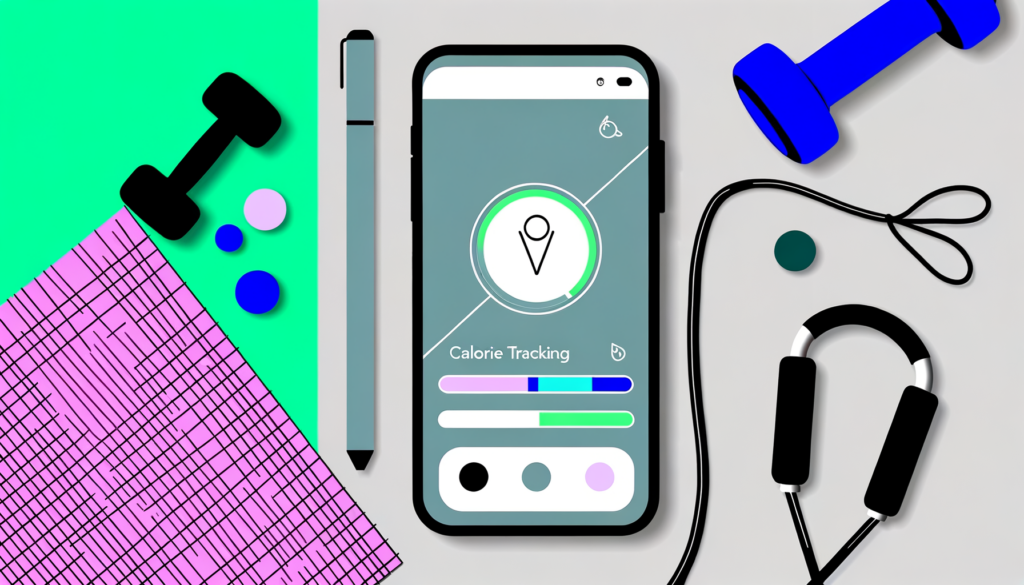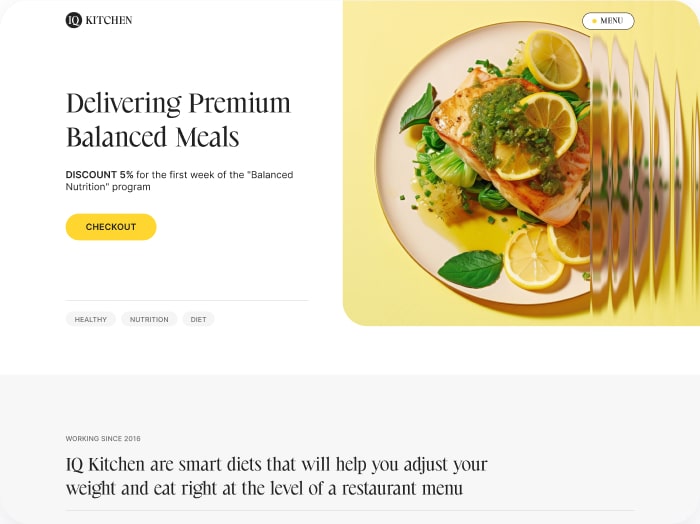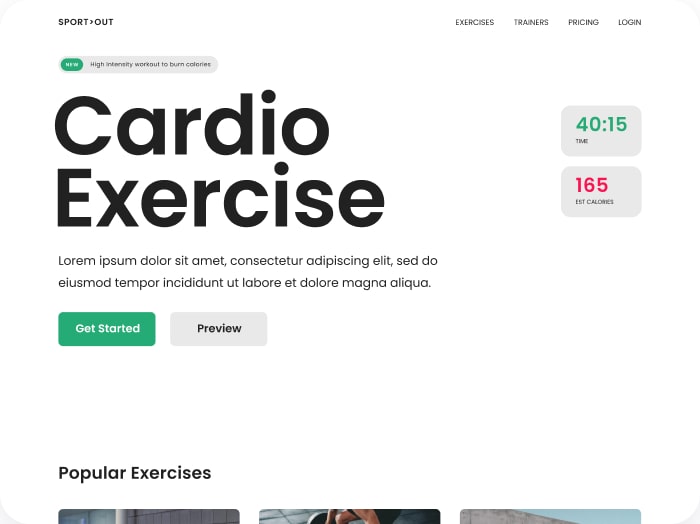Transforming Your Relationship with Food: The Role of Calorie Calculator Cloud in Mindful and Intuitive Eating
In the pursuit of a healthier lifestyle, understanding and implementing mindful and intuitive eating practices can be pivotal. These approaches focus on developing a more conscious and respectful relationship with food, which can lead to significant behavioral changes and improved overall well-being. Here, we will explore how tools like Calorie Calculator Cloud can support and enhance these eating practices.
Understanding Mindful Eating
Mindful eating, rooted in the principles of mindfulness, involves paying attention to your eating experiences without judgment. As defined by Jon Kabat-Zinn, mindfulness means “paying attention in a particular way, on purpose, in the present moment, and nonjudgmentally”.
When applied to eating, mindful eating encourages individuals to be fully present and aware of their eating experiences, paying attention to the sight, smell, texture, and taste of food. This practice helps individuals distinguish between emotional and physical hunger, reducing the likelihood of overeating or eating in response to emotional triggers.
Benefits of Mindful Eating
- Weight Management: Studies have shown that mindful eating can lead to significant weight loss and improved body mass index (BMI). Participants in mindful eating programs often report eating less, savoring their food more, and selecting healthier options.
- Improved Nutritional Choices: By focusing on the sensory experience of food, individuals are more likely to choose nutrient-dense foods and avoid overeating. This approach helps in developing healthier eating habits and reducing the consumption of less healthy foods.
- Enhanced Psychological Well-being: Mindful eating can lead to greater psychological well-being, increased pleasure during meals, and better body satisfaction. It helps in reducing stress and anxiety related to food, promoting a healthier relationship with eating.
Intuitive Eating: A Complementary Approach
Intuitive eating, while distinct from mindful eating, shares similar principles and can be complementary in practice. Intuitive eating involves eating with an intentional focus on physiological hunger and satiety cues rather than external cues. It encourages individuals to recognize the physical signs of hunger, satisfaction, and fullness, and to eat for physical rather than emotional reasons.
Key Features of Intuitive Eating
- Unconditional Permission to Eat: Eating when hungry and stopping when satisfied, without restriction or guilt.
- Eating for Physical Reasons: Eating in response to physical hunger rather than emotional triggers.
- Reliance on Internal Cues: Using internal hunger and satiety cues to determine when and how much to eat.
- Honoring Health: Practising ‘gentle nutrition’ and valuing health and energy over appearance.
Combining Mindful Eating with Calorie Awareness
While mindful eating focuses on the quality of the eating experience, combining it with calorie awareness can provide a holistic approach to nutrition and weight management.
Using Tools and Apps
Utilizing tools like Calorie Calculator Cloud can be instrumental in this process. Here’s how:
- Educate Yourself: Learn about the nutritional content of foods to make informed choices. Understanding portion sizes and calorie density is crucial for effective calorie management.
- Track Your Calorie Intake: Use calorie counting tools to track your daily calorie intake. This helps in managing weight and ensuring a balanced intake of macronutrients and essential micronutrients.
- Set Realistic Goals: Establish achievable and sustainable calorie goals that align with your overall health and wellness objectives. This approach ensures that you are not overly fixated on quantity but also consider the quality of the calories consumed.
Practical Tips for Mindful Eating with Calorie Awareness
- Ask and Reflect: Before eating, ask yourself if you are hungry or thirsty and reflect on your emotional state. This helps in making more intentional food choices.
- Use Smaller Plates: Smaller plates can help control portion sizes and reduce the likelihood of overeating.
- Eat Slowly: Slow down your eating by putting your fork down between bites and savoring each mouthful. This allows your body to signal when it is satisfied.
- Remove Distractions: Eat without distractions such as TV or smartphones. This helps in focusing on the eating experience and listening to your body’s cues.
Real-World Examples and Case Studies
Many individuals have successfully integrated mindful eating with calorie awareness to achieve their health and wellness goals. For instance, a study involving 34 females found that completing a 12-week training on mindful eating resulted in an average weight loss of 4 pounds and improved feelings of self-awareness, self-acceptance, and self-compassion.
In another example, the MediPlan Diet emphasizes mindful eating as a core component of its approach to weight management. By combining mindful eating practices with nutritional knowledge, patients can develop a healthier relationship with food and achieve sustainable weight loss results.
Seeking Professional Guidance
It is essential to seek guidance from healthcare professionals such as doctors, dietitians, and therapists, especially if underlying health issues are present. This ensures that the mindfulness and calorie awareness practices are tailored to the individual’s unique situation and do not inadvertently encourage disordered eating behaviors.
Conclusion and Next Steps
Combining mindful eating with calorie awareness offers a powerful approach to improving your relationship with food and fostering a healthier lifestyle. By using tools like Calorie Calculator Plans, you can track your calorie intake, make informed food choices, and develop healthier eating habits.
Remember, the key to successful calorie management is not just about tracking numbers but also about fostering a mindful and intentional approach to eating. By integrating the principles of mindful eating with practical calorie counting tools, you can achieve a balanced and sustainable approach to health and wellness.
To get started, consider exploring resources on mindful eating and calorie awareness. Tools like Calorie Calculator Cloud can provide the necessary support and resources to help you on your journey towards a healthier and more mindful relationship with food.








